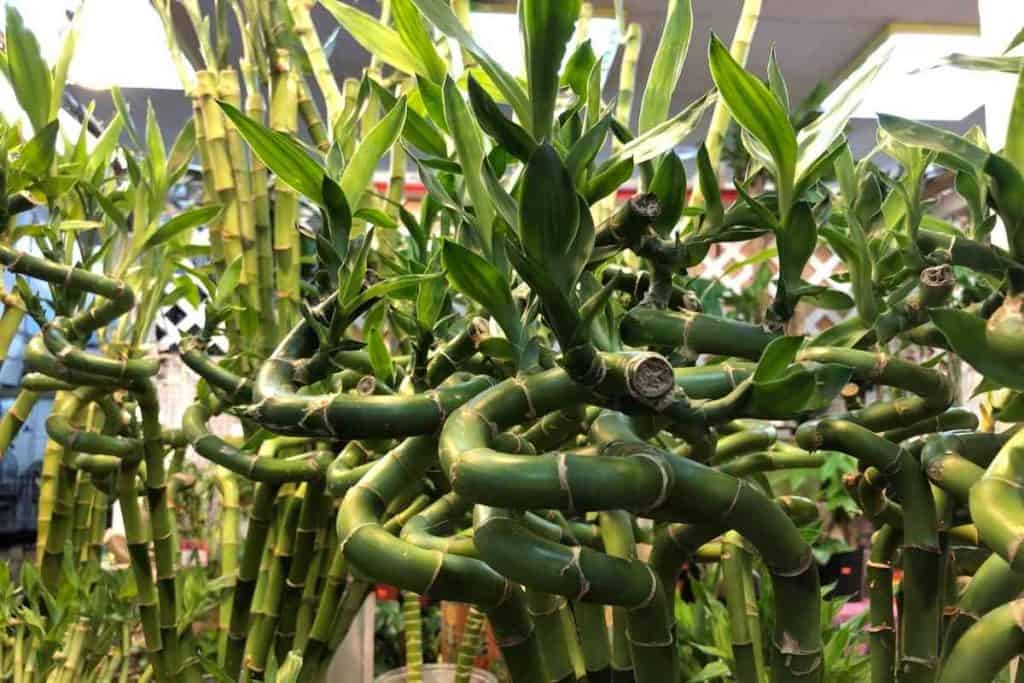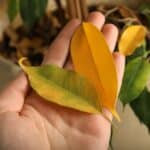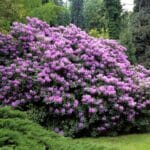The lucky bamboo is a beautiful species of flowering plant that is classified as a perennial herb and can grow to heights of up to 100 cm. The plant is unique with its partially twisted leaves that are usually grey or green in color.
Adding some lucky bamboo plants to your home is a fantastic idea that will significantly beautify your home. Now, it is sad to witness your beautiful, lucky bamboo plant turning yellow.
What causes this, and what can be done to fix it? Lucky bamboo turns yellow primarily due to overwatering. In addition, low humidity and lack of light can this beautiful plant to turn yellow.
Read on as we explore other reasons why your lucky bamboo plant turns yellow and how to fix it.
Table of Contents
Lucky Bamboo Turning Yellow: Major Causes

Treating Lucky Bamboo without the proper knowledge causes yellowing. This article will explain several causes of lucky bamboo turning yellow as well as appropriate solutions.
1. Direct Sunlight
Naturally, Lucky Bamboos grow in lush rainforests where they get indirect light creeping out from the top of the trees. This simply means that they do not require direct sunlight.
As a result, if your lucky bamboo receives direct sunlight, the leaves will scorch, and prolonged exposure to the sun can even cause a sunburn. All of these factors contribute to the yellowing and drooping of the leaves.
To fix this, place your Lucky Bamboo in a warm location with adequate but indirect light. In addition, remove any yellow or charred leaves so that nutrients that should be wasted on the damaged leaves will be redirected to the growing ones.
2. Excess Fertilizer
Excess salt and minerals are formed as a result of overfertilization, and when this occurs, beneficial soil microbes are destroyed, and the pH of the soil is altered, making nutrients less accessible to the plants.
Furthermore, too much fertilizer, particularly nitrogen, promotes the rapid growth of plants with undeveloped roots.
All these factors mentioned above will stress the plant resulting in wilting, yellowing, and even browning of the leaves and stems.
To fix this, you may need to replace the crusting soil if you observe white crust on the topsoil. You can lessen the overfertilizing effect by thoroughly cleaning the soil with distilled water.
Pour water on the soil and allow it to drain through the bottom; this will wash away excess fertilizer and salts.
3. Temperature Issues
Temperature is another crucial thing to the development of Lucky Bamboo. Lucky Bamboo enjoys temperatures between 65°F and 95°F (18°C and 35°C) which means that they are appropriate for locations such as homes and offices.
When the temperature rises too high, the respiration rate increases, and there is also an excessive breakdown of plant sugar and starch, which may lead to the depletion of the plant.
Also, the plant can suffer from chill damage if the temperature is too low. This is when the water within the cells of the leaves freezes and expands until they are completely damaged.
All of these factors discussed above might cause the Lucky Bamboo leaves to droop, yellow, and even fall off.
To Resolve Temperature issues, you need to take away your plant from areas where the temperature fluctuates a lot. This includes areas close to windows and entrances.
4. Low Humidity
Low humidity is another possible cause of Lucky Bamboo's yellowing. When the environment becomes drier, water from the leaves tends to escape more quickly. Failure to repair this water loss can immediately result in the yellowing of your Lucky bamboo plant.
This plant necessitates a high relative humidity of about 50%, which is not difficult to maintain. To resolve this issue, you may have to purchase a humidifier or, alternatively, create a gravel or pebble tray.
5. Insects Infestation
Insects, albeit uncommon, can attack your Lucky Bamboo. The most prevalent pests for this plant are mealybugs and mites. Don't underestimate those little critters. They can cause severe damage to your plant.
These insects do not only suck out nutrients from your plant but also exude a growth substrate for the fungi (known as honeydew).
When the fungal growth occurs, there will be black or brown spots on leaves that affect the plant's food production process since it cannot undergo photosynthesis due to damaged cells on the leaves.
Such conditions will cause the bamboo leaves to be yellow, curl, and even fall off. Failure to eliminate pest infestations might harm the entire plant.
To deal with light Insect Infestation, gently wipe the insects away using a rubbing alcohol solution. You can also use alcohol or mild soap and a lukewarm water combo.
Also, remove the affected parts to prevent the infestation from spreading further to other areas of the plant. If the plant is seriously damaged, you may have to discard it.
6. Poor Water Quality
Lucky Bamboo, like most plants, is picky about the quality of its water. They are vulnerable to injury from unfiltered pollutants in the water, such as fluoride and chlorine.
The effect of poor water quality can be noticed right away on your Lucky Bamboo plant. This is because these compounds progressively accumulate over time, interfering with vital plant activities such as photosynthesis, respiration, and metabolism.
This will result in the plant wilting and yellowing. To maintain water quality, never water your plants with tap or city water as it contains disinfectants such as chlorine.
If you only have tap water, let it sit for 1-2 days so that the disinfectants will evaporate, this will make it safe for the plant.




